Home>Furniture & Design>Bathroom Accessories>What Happens If You Swallow Toothbrush Bristles
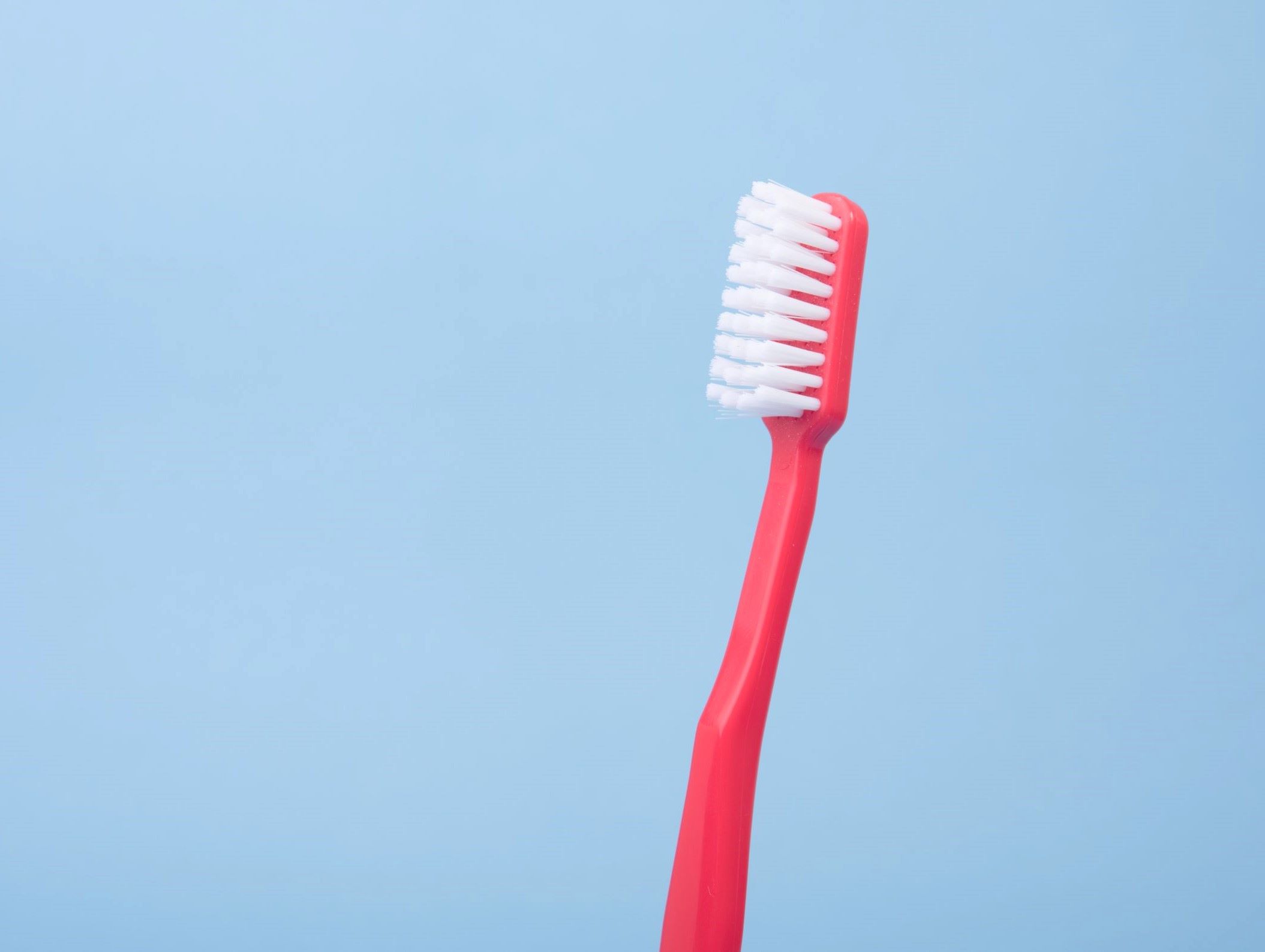

Bathroom Accessories
What Happens If You Swallow Toothbrush Bristles
Modified: May 6, 2024
Discover the potential risks and consequences of swallowing toothbrush bristles. Learn how to prevent accidents with bathroom accessories. Protect your health and well-being.
(Many of the links in this article redirect to a specific reviewed product. Your purchase of these products through affiliate links helps to generate commission for Storables.com, at no extra cost. Learn more)
Introduction
Swallowing toothbrush bristles can be a concerning and potentially hazardous situation. While it may seem unlikely, accidents can happen, and the consequences of ingesting bristles can be serious. Toothbrushes are an essential tool for maintaining oral hygiene, but if not used properly, they can pose unexpected risks. Understanding the potential dangers and knowing how to prevent them is crucial for safeguarding your well-being.
In the following sections, we will delve into the potential risks of swallowing toothbrush bristles, the symptoms and complications that may arise from this occurrence, the appropriate treatment for such incidents, and effective preventive measures to minimize the likelihood of swallowing toothbrush bristles. It's important to stay informed and prepared to handle such situations should they arise, as swift and informed action can make a significant difference in mitigating the potential harm caused by swallowing toothbrush bristles.
Now, let's explore the potential risks and implications of swallowing toothbrush bristles, shedding light on the symptoms, complications, treatment, and prevention strategies to ensure a safe and healthy oral care routine.
Key Takeaways:
- Swallowing toothbrush bristles can cause internal injuries, obstruction, inflammation, and toxicity. It’s crucial to seek medical attention if symptoms like throat discomfort, abdominal pain, or difficulty swallowing occur.
- To prevent accidental ingestion, inspect toothbrushes for wear, choose quality ones, replace them regularly, use proper brushing technique, supervise children, store them safely, and use protective covers when traveling.
Read more: What Happens If You Swallow Lemon Seed
Potential Risks of Swallowing Toothbrush Bristles
Swallowing toothbrush bristles can lead to various potential risks and complications. The bristles of a toothbrush are typically made of plastic or nylon, materials that are not easily broken down in the digestive system. When swallowed, these bristles can cause harm as they travel through the gastrointestinal tract. The following are some of the potential risks associated with swallowing toothbrush bristles:
-
Internal Injuries: The sharp and rigid nature of toothbrush bristles can pose a risk of causing internal injuries as they move through the digestive system. These injuries can range from minor abrasions to more severe damage to the esophagus, stomach, or intestines.
-
Obstruction: Swallowed toothbrush bristles can potentially lead to obstruction in the digestive tract. If the bristles become lodged in the esophagus, stomach, or intestines, they can obstruct the passage of food and fluids, leading to discomfort, pain, and potential complications.
-
Inflammation and Infection: As the bristles move through the digestive system, they can cause irritation and inflammation to the gastrointestinal lining. This irritation may increase the risk of infection and other complications, potentially leading to more serious health issues if left untreated.
-
Perforation: In severe cases, the sharp ends of toothbrush bristles can cause perforation of the digestive organs. This can result in serious medical emergencies that require immediate intervention and surgical treatment.
-
Toxicity: Some toothbrush bristles may contain chemicals or coatings that, if ingested, can pose a risk of toxicity. This can further exacerbate the potential health risks associated with swallowing toothbrush bristles.
It is important to recognize that the risks of swallowing toothbrush bristles are not to be underestimated. Even small bristles can cause significant harm if they become lodged or cause damage as they pass through the digestive system. Understanding these risks underscores the importance of taking preventive measures to minimize the likelihood of accidental ingestion and being aware of the symptoms and appropriate actions in the event of swallowing toothbrush bristles.
Symptoms and Complications
Swallowing toothbrush bristles can lead to a range of symptoms and potential complications, necessitating prompt attention and medical intervention. It's crucial to be aware of the signs that may indicate the presence of swallowed bristles and the associated complications. The following are the symptoms and potential complications that individuals should be mindful of:
Symptoms
- Throat Discomfort: Swallowing toothbrush bristles may cause immediate discomfort in the throat, often manifesting as a sensation of something being stuck or scratching the throat lining.
- Abdominal Pain: As the bristles travel through the digestive system, individuals may experience abdominal pain or discomfort, which can range from mild to severe, depending on the location and movement of the bristles.
- Difficulty Swallowing: Swallowed bristles can lead to difficulty swallowing, accompanied by a feeling of obstruction or discomfort when trying to swallow food or liquids.
- Nausea and Vomiting: The presence of toothbrush bristles in the digestive tract can trigger nausea and vomiting, as the body attempts to expel the foreign objects.
- Bleeding: In some cases, swallowing toothbrush bristles may cause minor bleeding in the mouth or throat, particularly if the bristles cause abrasions or irritation to the delicate tissues.
Complications
- Obstruction: One of the primary complications of swallowing toothbrush bristles is the risk of obstruction in the digestive tract. If the bristles become lodged in the esophagus, stomach, or intestines, they can obstruct the passage of food and fluids, leading to persistent discomfort and potential complications.
- Inflammation and Infection: The presence of foreign objects such as toothbrush bristles in the digestive system can cause inflammation and increase the risk of infection, potentially leading to more serious health issues if left untreated.
- Perforation: In severe cases, the sharp ends of toothbrush bristles can cause perforation of the digestive organs, resulting in serious medical emergencies that require immediate intervention and surgical treatment.
- Toxicity: Some toothbrush bristles may contain chemicals or coatings that, if ingested, can pose a risk of toxicity, further exacerbating the potential health risks associated with swallowing toothbrush bristles.
Recognizing these symptoms and potential complications is essential for seeking timely medical attention and intervention. If an individual experiences any of these symptoms after swallowing toothbrush bristles, it is imperative to seek medical evaluation and treatment to address the situation effectively and prevent further complications.
Understanding the symptoms and potential complications associated with swallowing toothbrush bristles underscores the importance of taking preventive measures to minimize the likelihood of accidental ingestion and being vigilant in recognizing and addressing any related symptoms promptly.
Read more: What Happens If You Swallow Lemon Seeds
Treatment for Swallowed Toothbrush Bristles
Upon discovering that toothbrush bristles have been swallowed, it is crucial to seek prompt medical attention. The treatment for swallowed toothbrush bristles typically involves a comprehensive evaluation by healthcare professionals to determine the location of the bristles and assess any associated complications. The following steps outline the general approach to treating swallowed toothbrush bristles:
-
Medical Evaluation: Upon seeking medical assistance, the healthcare provider will conduct a thorough assessment to determine the potential location of the swallowed bristles and evaluate any associated symptoms or complications. This may involve physical examination, imaging studies such as X-rays or endoscopy, and discussions regarding the circumstances of the ingestion.
-
Monitoring and Observation: In cases where the swallowed bristles are not causing immediate complications or obstruction, the individual may be monitored closely to observe for any signs of discomfort, pain, or complications. Regular monitoring is essential to promptly identify and address any emerging issues.
-
Endoscopic Removal: If the swallowed bristles are detected in the esophagus or stomach and pose a risk of complications, endoscopic intervention may be recommended. Endoscopy involves the use of a flexible tube with a camera and tools to visualize and remove the bristles from the digestive tract, minimizing the risk of obstruction or injury.
-
Surgical Intervention: In severe cases where the swallowed bristles have caused perforation or significant obstruction, surgical intervention may be necessary to address the complications and ensure the safe removal of the bristles. Surgery may be required to repair any damage caused by the bristles and prevent further health risks.
-
Symptomatic Treatment: Depending on the individual's symptoms and complications, symptomatic treatment may be provided to alleviate discomfort, manage inflammation, and address any associated issues such as infection or bleeding. This may include pain management, anti-inflammatory medications, and supportive care.
-
Follow-Up Care: Following the initial treatment, individuals who have swallowed toothbrush bristles may require follow-up care to monitor their recovery, assess for any lingering symptoms or complications, and ensure that the digestive tract has healed properly. Regular follow-up appointments with healthcare providers are essential for ongoing evaluation and support.
It is important to emphasize that the treatment for swallowed toothbrush bristles should be guided by healthcare professionals based on the specific circumstances and individual health status. Seeking immediate medical attention and following the recommended treatment plan are crucial steps in addressing the potential risks and complications associated with swallowing toothbrush bristles.
Understanding the appropriate treatment measures and the importance of timely intervention underscores the significance of taking preventive measures to minimize the likelihood of accidental ingestion and being prepared to respond effectively in the event of swallowing toothbrush bristles.
If you accidentally swallow toothbrush bristles, stay calm and drink plenty of water to help them pass through your digestive system. If you experience severe pain or difficulty swallowing, seek medical attention immediately.
Prevention of Swallowing Toothbrush Bristles
Preventing the accidental ingestion of toothbrush bristles is essential for maintaining oral hygiene without exposing oneself to potential health risks. Implementing proactive measures to minimize the likelihood of swallowing toothbrush bristles can significantly contribute to a safe and worry-free oral care routine. The following strategies and precautions can help prevent the occurrence of swallowing toothbrush bristles:
-
Inspect Your Toothbrush: Before each use, carefully inspect your toothbrush for any signs of wear and tear, particularly focusing on the bristles. Discard toothbrushes that show signs of fraying, splitting, or loose bristles, as these are more prone to breakage and accidental ingestion.
-
Choose Quality Toothbrushes: Opt for high-quality toothbrushes from reputable brands that adhere to safety and durability standards. Quality toothbrushes are less likely to shed bristles and are designed to withstand regular use without compromising their structural integrity.
-
Replace Toothbrush Regularly: Replace your toothbrush at regular intervals, as recommended by dental professionals. Over time, toothbrush bristles can become worn and prone to breakage, increasing the risk of accidental ingestion. By replacing your toothbrush as needed, you can minimize the likelihood of bristle-related incidents.
-
Use Proper Brushing Technique: Practice proper brushing technique to minimize excessive force and abrasion on the teeth and gums. Gentle, circular motions with a soft-bristled toothbrush are recommended to effectively clean the teeth while reducing the risk of bristle breakage.
-
Supervise Children's Brushing: When children are learning to brush their teeth, it is important for adults to supervise and assist them to ensure that they use the toothbrush safely. Teaching children the proper brushing technique and emphasizing the importance of oral hygiene can help instill good habits and reduce the risk of accidental ingestion.
-
Store Toothbrushes Safely: Store toothbrushes in an upright position in a clean and dry environment to allow them to air dry between uses. Avoid placing toothbrushes in areas where they can easily fall onto the floor or come into contact with other objects that may damage the bristles.
-
Use Protective Toothbrush Covers: When traveling or storing toothbrushes in shared spaces, consider using protective covers designed specifically for toothbrushes. These covers can help shield the bristles from external damage and reduce the risk of bristle breakage.
By incorporating these preventive measures into your oral care routine, you can minimize the risk of accidentally swallowing toothbrush bristles and promote a safe and effective approach to maintaining oral hygiene. Being proactive and attentive to the condition of your toothbrush can contribute to a worry-free brushing experience while safeguarding against potential health hazards associated with swallowed bristles.
Curious about maintaining optimal dental health? After learning about the potential hazards of ingesting toothbrush bristles, you might wonder how to choose the right type for your daily brushing. Different bristles cater to various oral care needs, ensuring your teeth and gums stay healthy. Discover which toothbrush bristles will work best for you by checking out our insightful guide.
Frequently Asked Questions about What Happens If You Swallow Toothbrush Bristles
Was this page helpful?
At Storables.com, we guarantee accurate and reliable information. Our content, validated by Expert Board Contributors, is crafted following stringent Editorial Policies. We're committed to providing you with well-researched, expert-backed insights for all your informational needs.

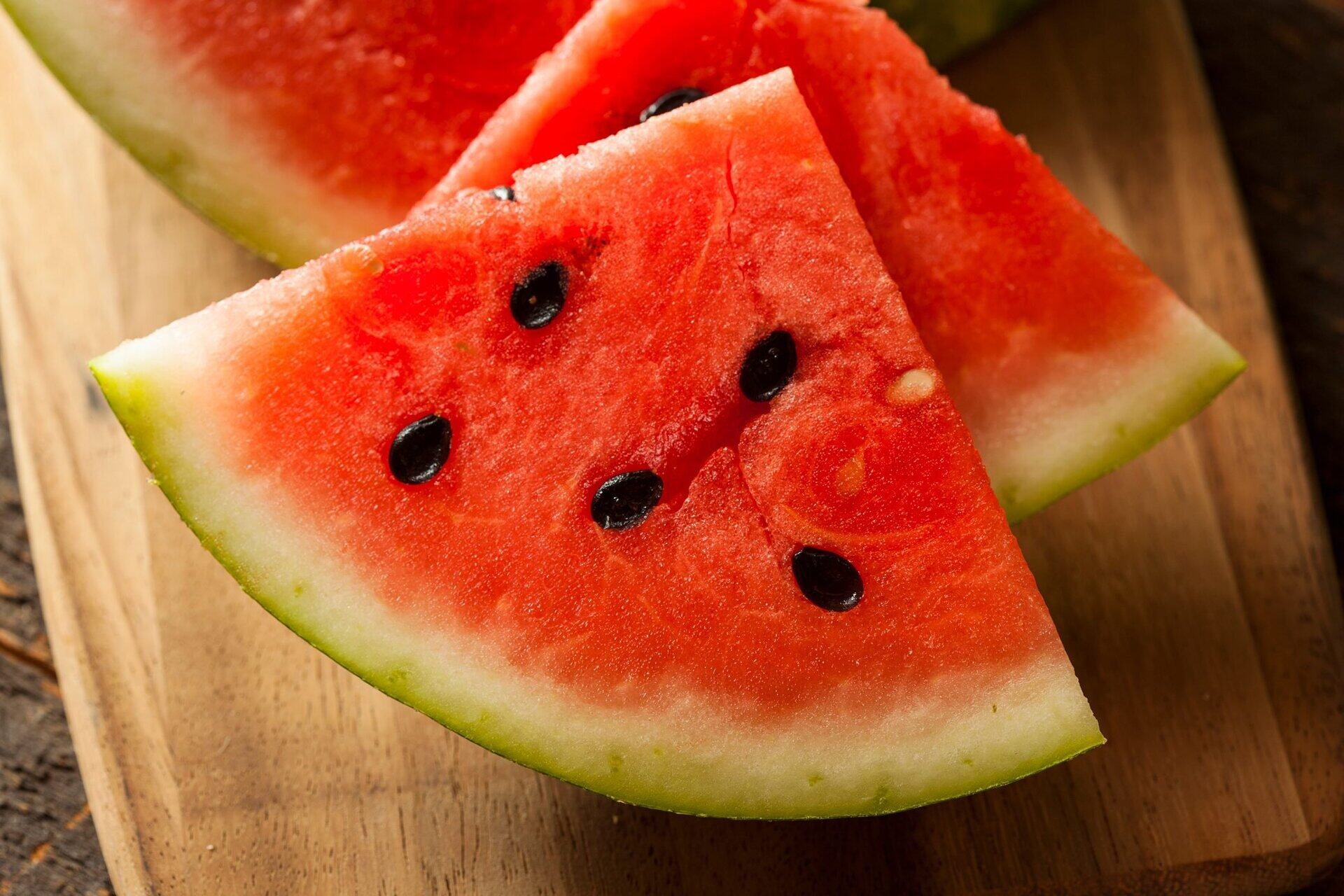

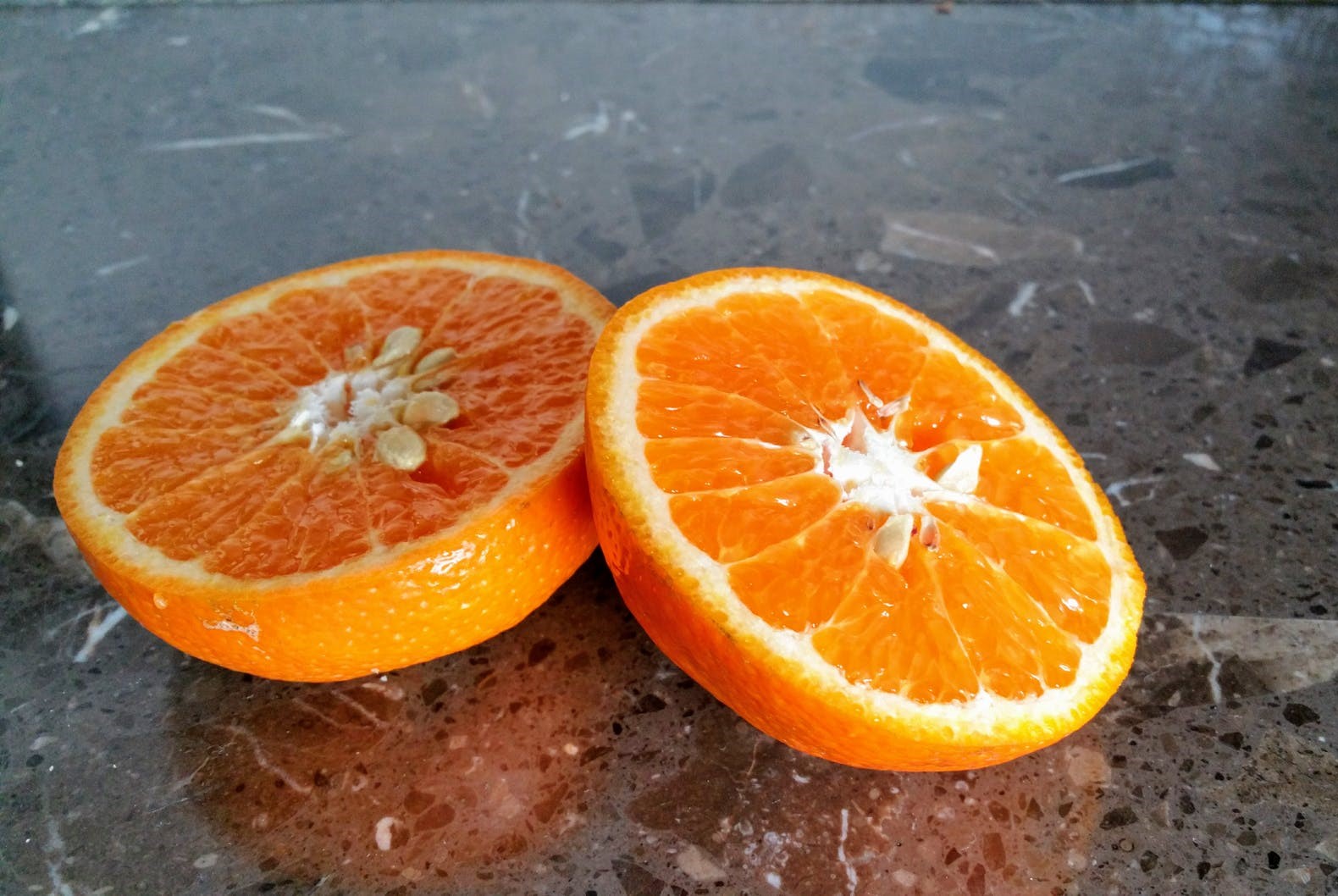

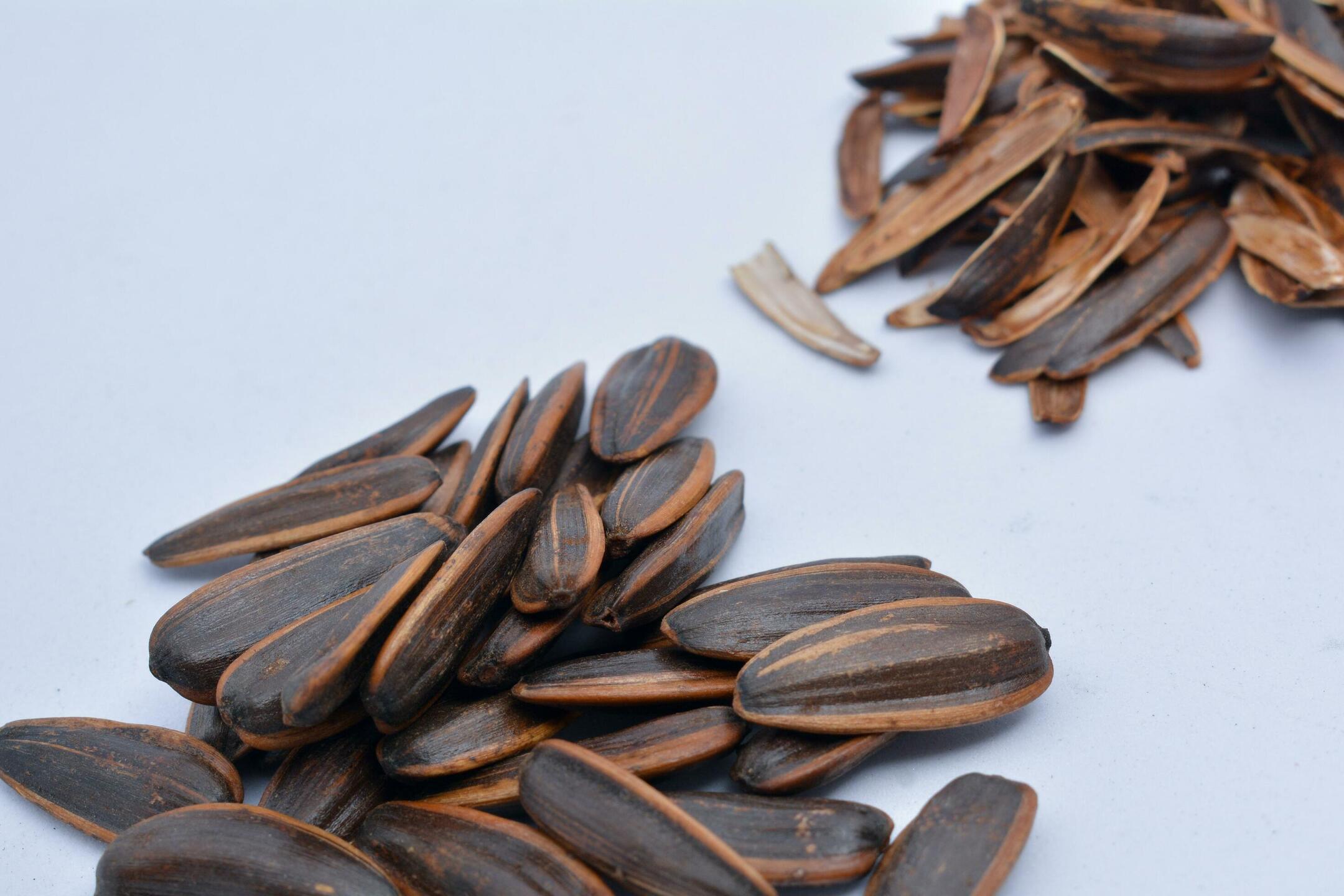

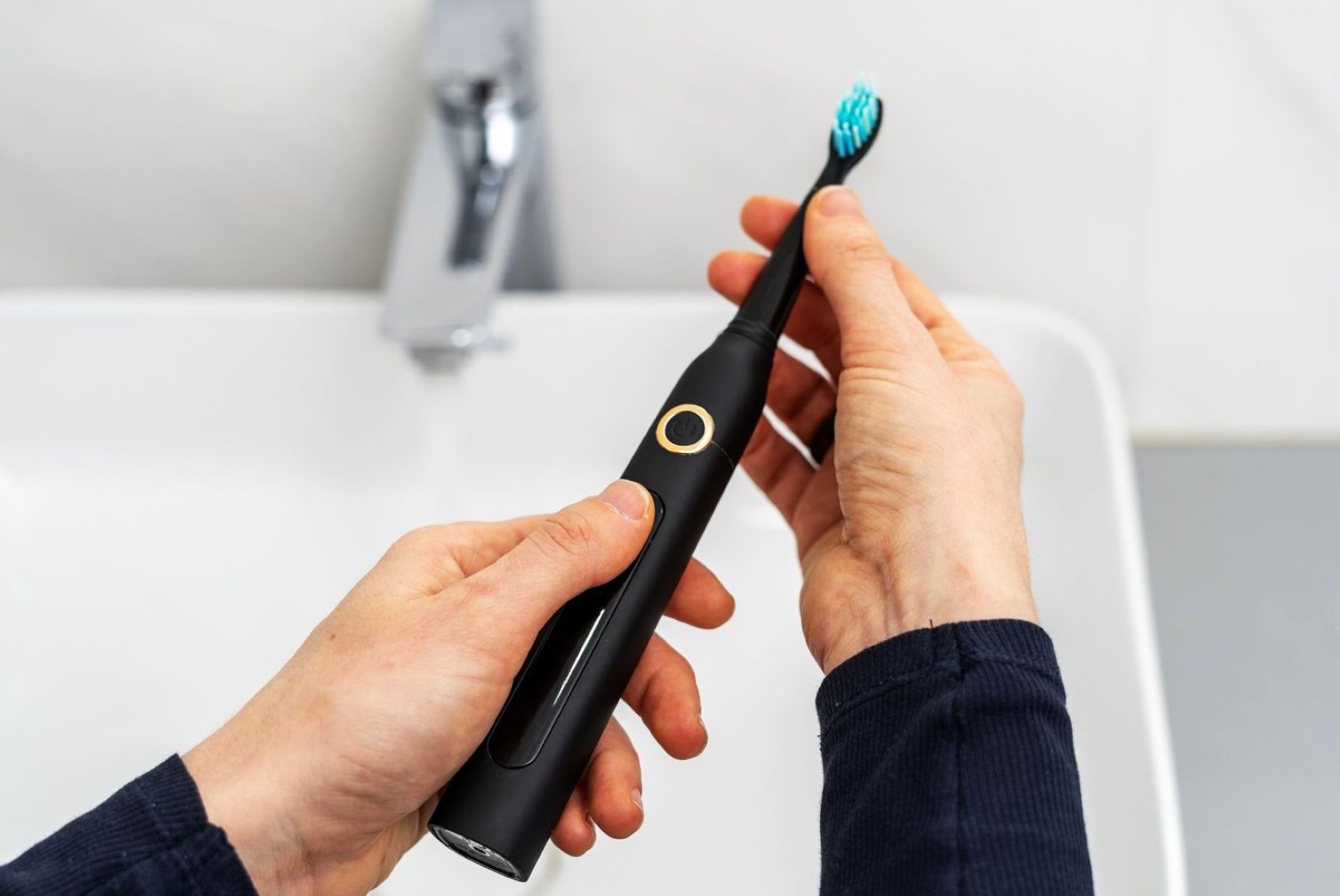
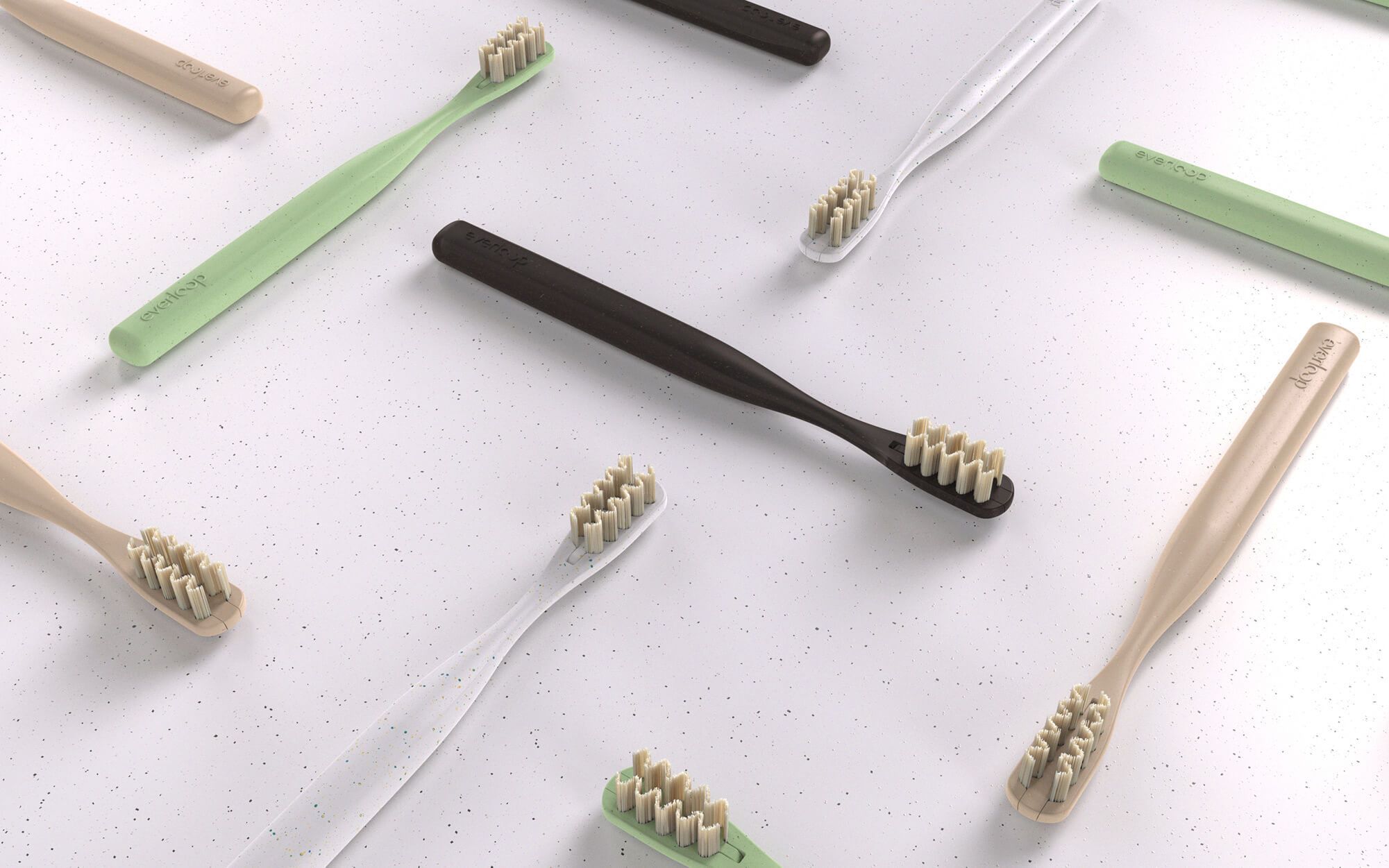
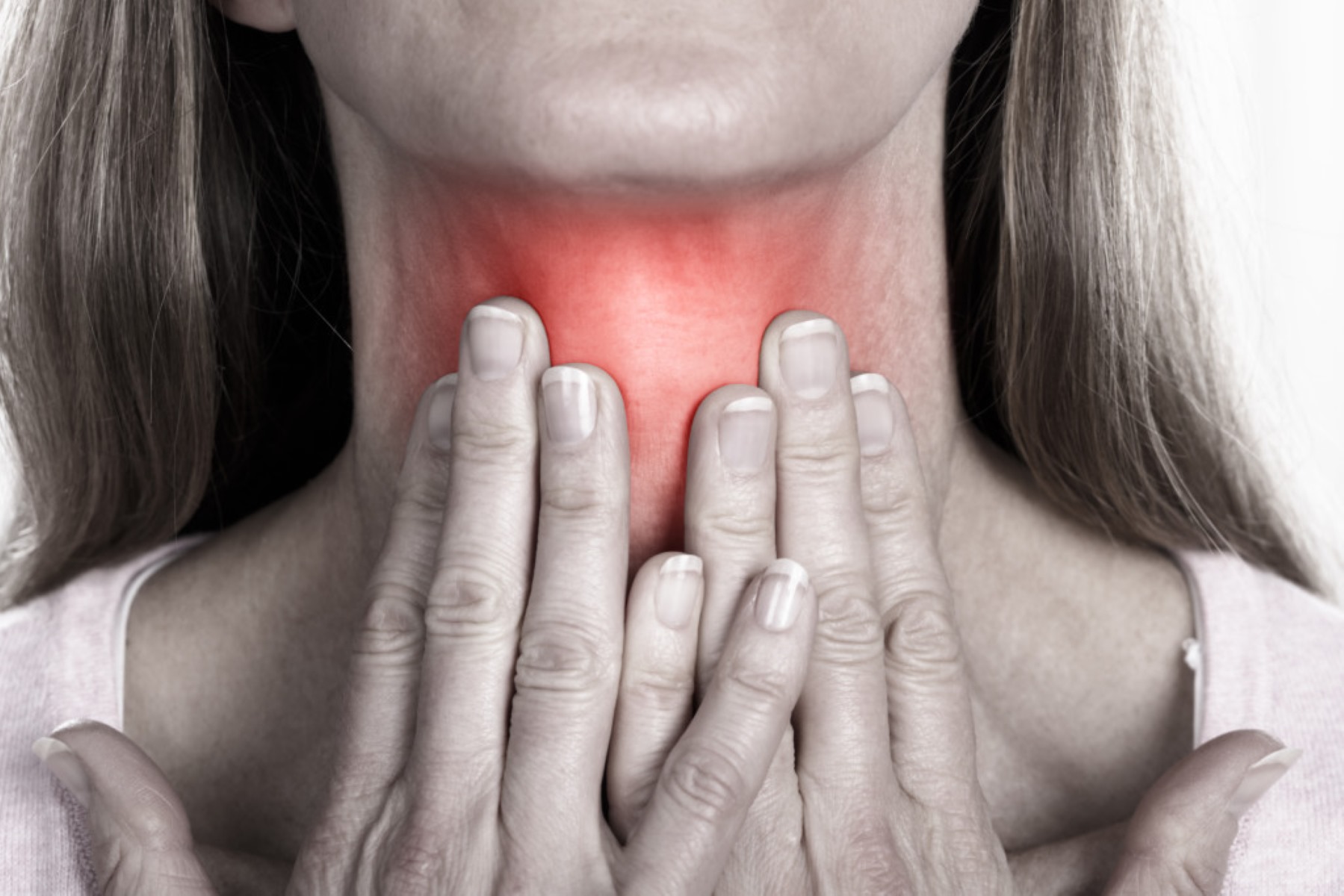

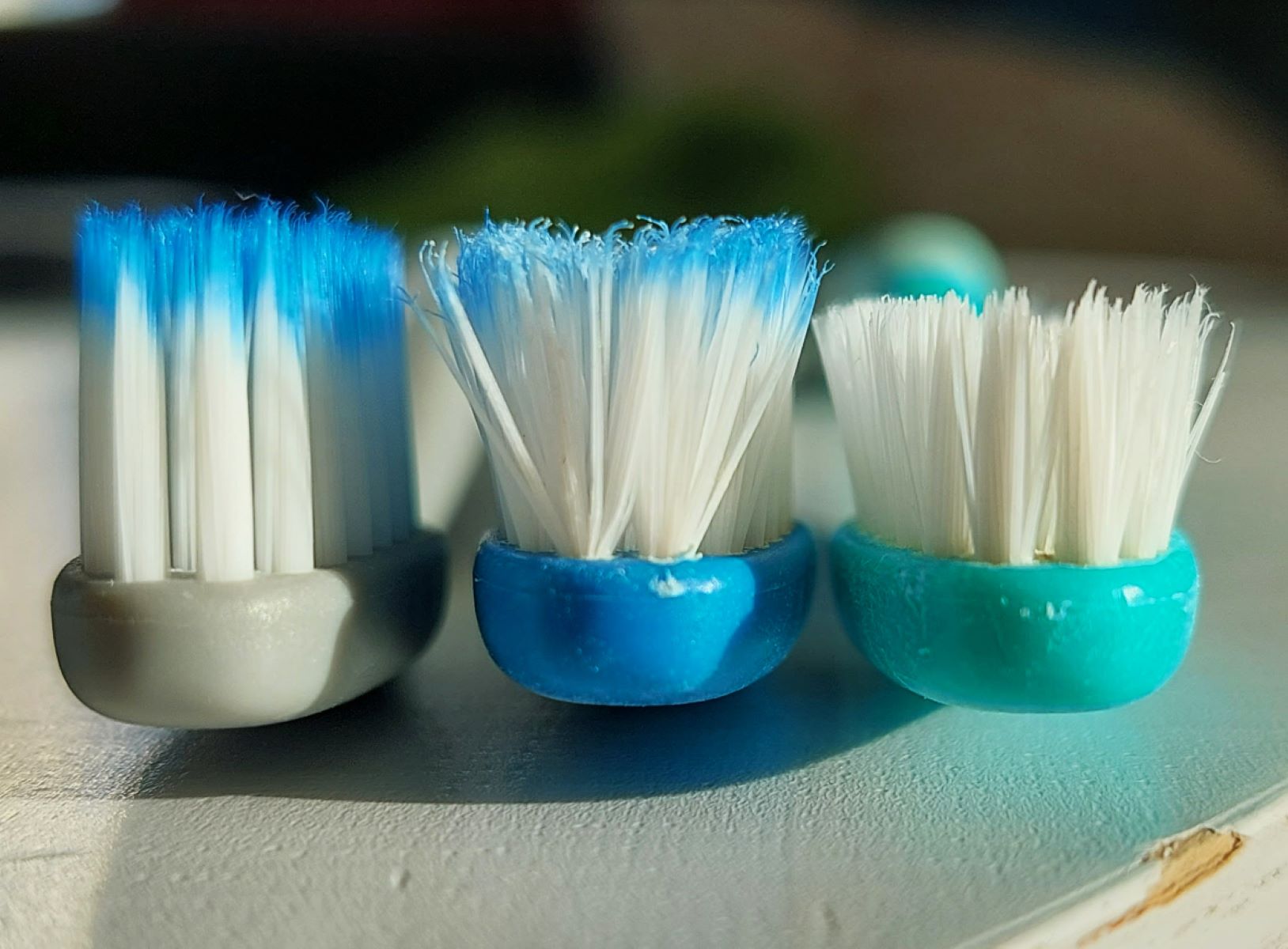
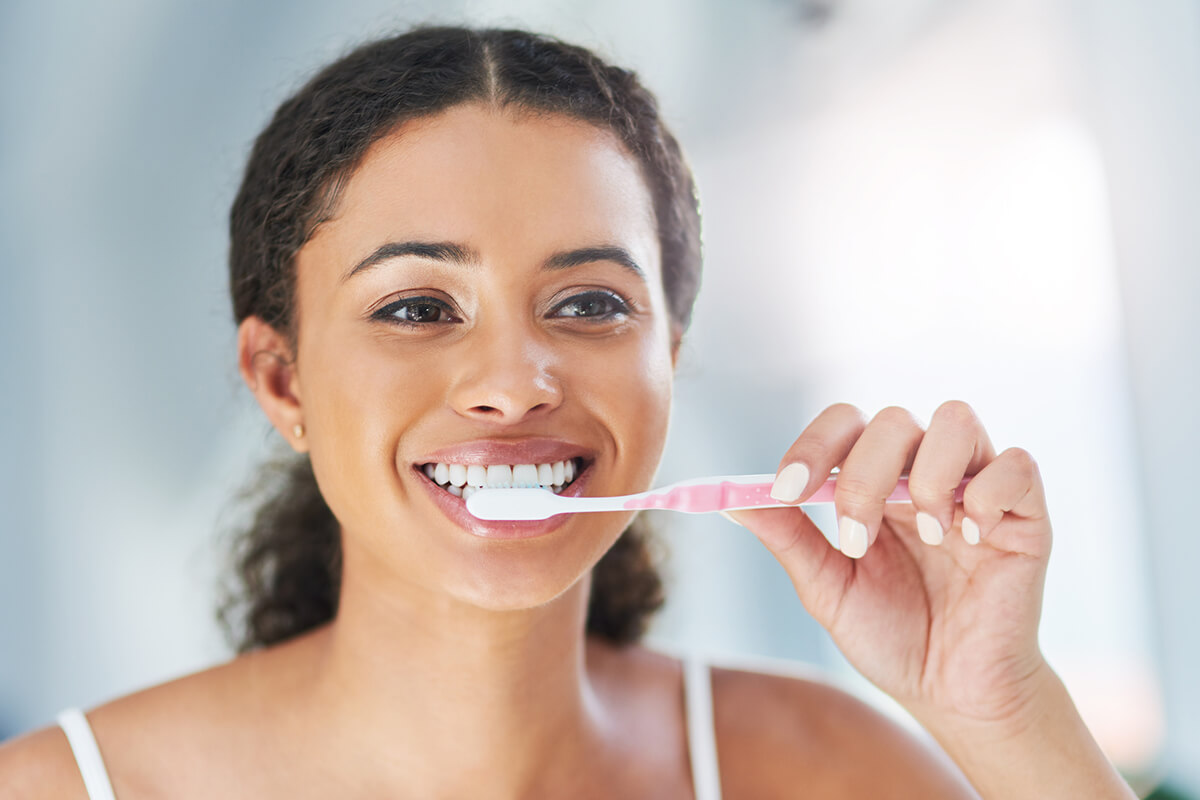
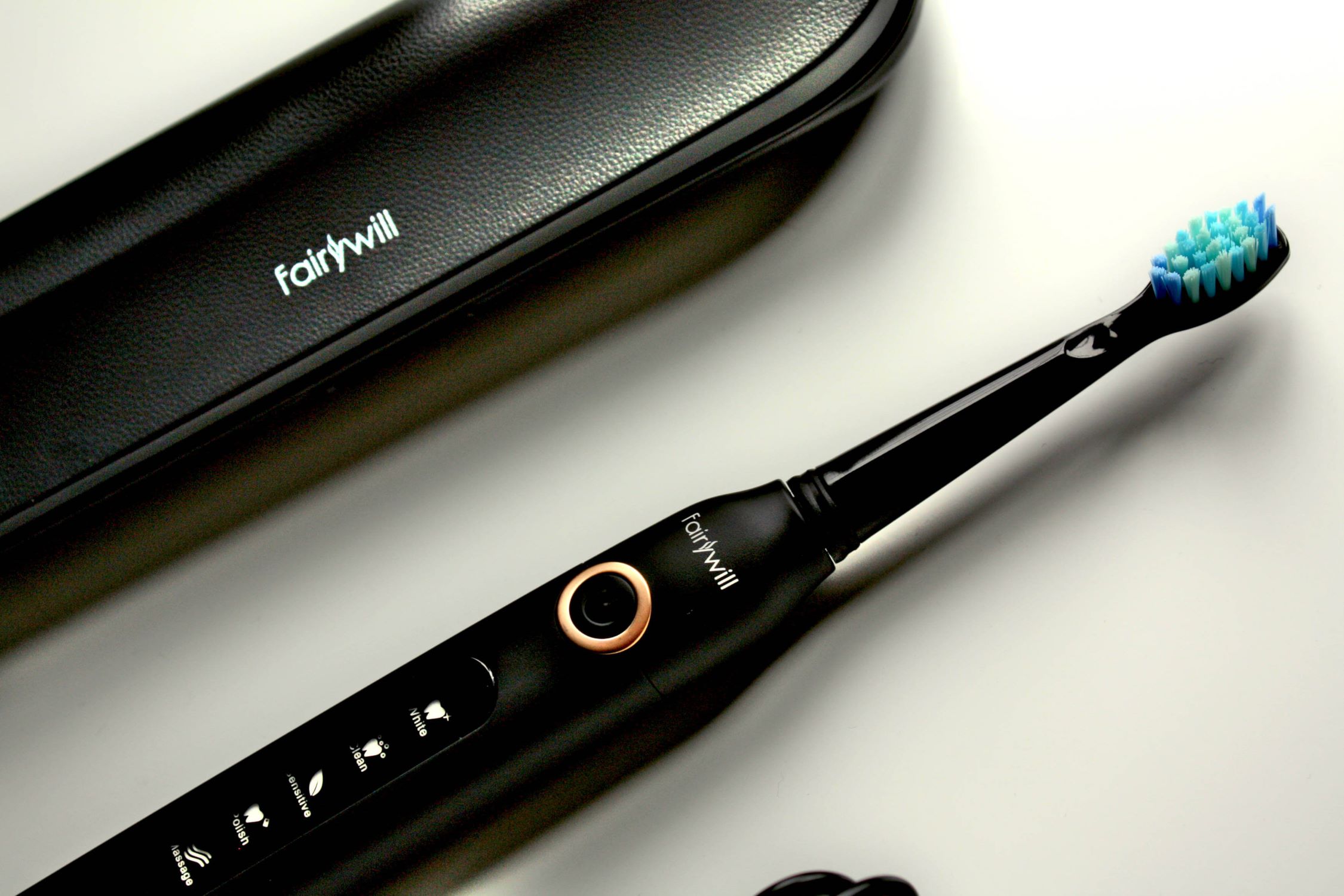

0 thoughts on “What Happens If You Swallow Toothbrush Bristles”